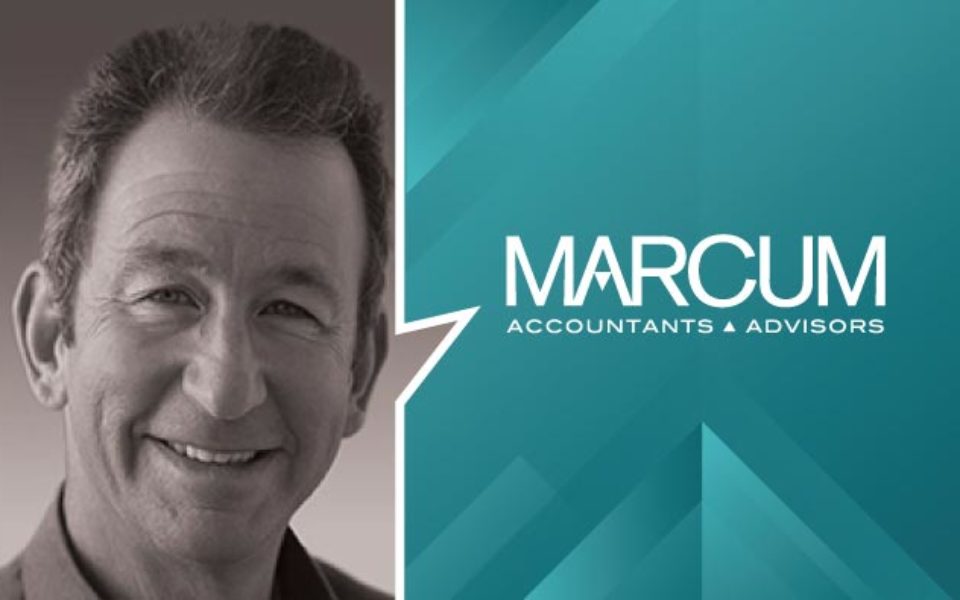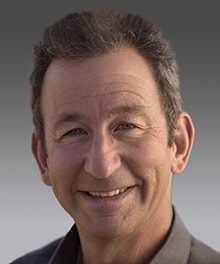Ronald Friedman, Co-Leader, Retail/Consumer Products Industry Group, Quoted in Women's Wear Daily Article, "IPO Fever to Continue in 2014."
Women's Wear Daily
By Vicki M. Young

Excerpt:
If 2013 was a watershed year in the initial public offering cycle, then 2014 could see more firms eyeing the stock market.
According to IPO investment advisory firm Renaissance Capital, global IPO issuance rebounded in 2013, with annual IPO proceeds increasing 37.5 percent to $137 billion. That’s the largest rise in proceeds since 2004, when U.S. IPOs had annual proceeds totaling $51.9 billion. That was the year that saw Google’s $1.7 billion IPO.
Ron Friedman, the retail practice leader and partner-in-charge of the Southern California region for financial services firm Marcum LLP, attributed the interest to the new business model that vendors now have, compared with when they were just wholesale firms. “Investors are excited about the better brands and the high-end luxury group because when they open their own brick-and-mortar stores, they get high margins and high profitability. That’s something many investors have never seen before when vendors were mainly wholesalers. Now they’re seeing tremendous profits coming out of these vendors.… Even if consumers pull back on their spending, those that [have and continue to open] their own stores still see high gross margins.”
He explained that typically the operating cost to run a store is 30 percent for rent and payroll. That means gross margins of up to 70 percent. “Even if there’s a downturn, if a company can keep operating costs [at its retail stores] at 30 percent and gross margins at 50 percent, they still make a profit.”
For Antony Karabus, president of Hilco Retail Consulting, smaller aspirational brands such as a Vince or Tory Burch can do well since their distribution isn’t yet ubiquitous, giving investors “a lot of runway for growth because they are growing both wholesale and retail. Many can grow wholesale faster than retail, which gives investors some cushion because even if there’s less margin than from a freestanding store, they can still open a lot of wholesale doors without much capital.”
Click here to read the full article on www.wwd.com >>
Subscription Required



















